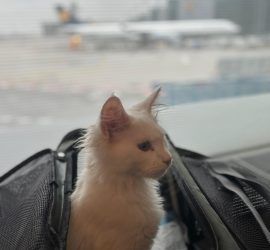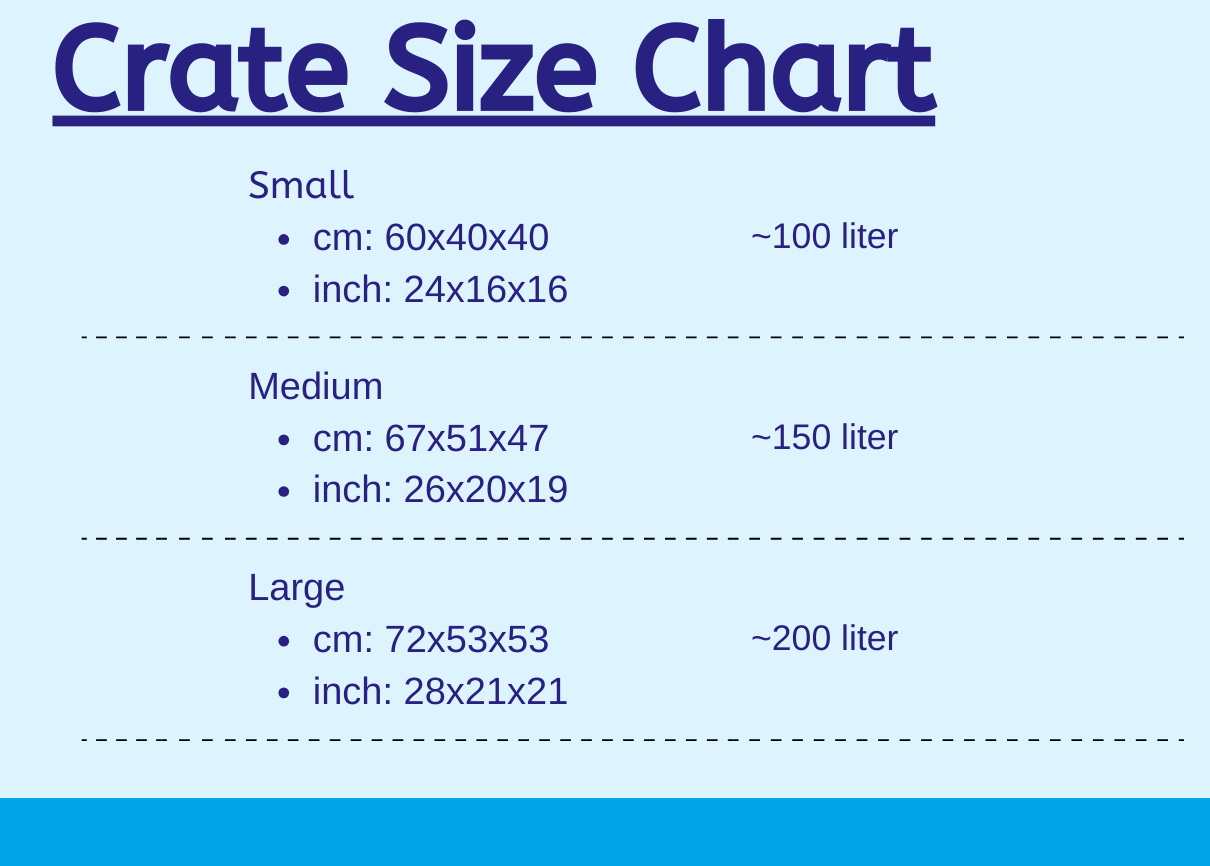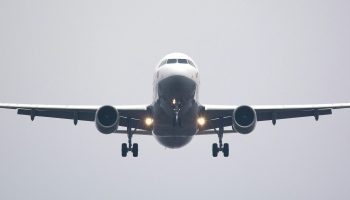
Flying with a Kitten: What You Need to Know

Flying with a kitten can feel overwhelming, especially with all the misinformation about pet air travel. However, airlines have strict pet travel regulations to ensure the safety of animals on board. One common concern is whether it’s safe for a kitten to travel in the cargo hold. The good news is that modern aircraft are designed to transport pets securely. The pet-friendly cargo area is temperature-controlled and pressurized, similar to a high-altitude city (around 3,000 meters), which often helps kittens stay calm and sleep throughout the journey.
To ensure a smooth and stress-free flight, it’s crucial to choose a pet-friendly airline, select an airline-approved travel crate, and prepare your kitten well in advance. At Kitten Guru, we specialize in international pet travel and provide expert guidance to make sure your feline companion has a safe and comfortable journey.
Pet Travel Regulations

Your Complete Guide to Safe and Smooth Air Travel for Pets
Traveling with a kitten can be a rewarding experience, but it’s essential to understand the regulations involved to ensure a smooth journey. Every country and airline has specific pet travel guidelines designed to protect both animals and passengers. At Kitten Guru, we follow International Air Transport Association (IATA) standards to ensure your kitten travels safely in a crate that meets all the necessary requirements.
When planning international pet travel, it’s crucial to research each airline’s specific regulations, such as crate size, pet health documentation, and any restrictions on pet breeds or sizes.
How Your Kitten Travels in the Cargo Hold
A Safe, Temperature-Controlled Environment for Your Pet
![]()
When traveling internationally, most airlines use a temperature-controlled cargo hold designed specifically for pets. These areas are pressurized and maintained at comfortable temperatures to ensure your kitten’s safety and comfort throughout the flight. Some airlines allow small pets to travel in the cabin, while others require kittens to be transported in the cargo hold for international pet travel. Rest assured, these spaces are equipped to handle your kitten’s needs, providing a secure and comfortable environment during the journey.
Our Top Priority: Your Kitten’s Safety
Ensuring Comfort and Minimizing Stress During Travel
When booking flights for your kitten, we prioritize finding shorter travel times and working with reliable airlines that specialize in pet transport. We ensure that each kitten is placed in a properly sized crate, providing them with comfort and security throughout the journey. Since many airlines limit the number of animals per flight, we carefully manage availability and ensure full compliance with airline pet regulations to guarantee a smooth experience for your furry friend.
Size: Finding the Right Crate for Your Kitten
Why Choosing the Correct Crate Size Matters for Comfort and Safety
Selecting the right-sized crate for your kitten is essential to ensure their comfort and safety during travel. The crate should be spacious enough for your kitten to stand, lie down, and turn around comfortably, allowing them to feel secure and relaxed. A crate that is too small can make travel uncomfortable, while an oversized one may not provide the sense of security your kitten needs.
To simplify your selection process, we’ve created a size chart with accurate dimensions for various crate sizes, designed to accommodate different kitten breeds and sizes.
Check out our Crate Size Chart for more details.

Type: Choosing the Right Airline-Approved Crate
Why the Right Crate is Essential for Safe Travel
Not all pet crates are suitable for air travel, which is why choosing the right one is critical for your kitten’s safety and comfort. At Kitten Guru, we only offer IATA-compliant crates that adhere to strict airline standards. These crates are designed for durability, ventilation, and security, ensuring a smooth and stress-free journey for your kitten.
- Ventilation: Proper airflow is key to your kitten’s comfort. Airline-approved crates must have ventilation openings on at least three sides (four sides for international flights) to maintain a steady flow of air.
- Leak-Proof Base: A solid, absorbent, and leak-proof base is necessary to prevent spills and ensure your kitten stays dry. We recommend adding an absorbent pad or bedding for added comfort.
- Secure Locking Mechanism: Doors should be securely locked with a reliable mechanism to prevent accidental openings. Many airlines require metal hardware locks for added security during transit.
- No Protrusions: Your kitten should be able to stand, turn around, and lie down comfortably inside the crate. However, it should not be oversized, as excessive space may cause insecurity. Make sure no body parts (like paws, nose, or tail) are sticking out from the crate openings.
Creating a Safe and Relaxing Environment
Making the Journey Stress-Free
Traveling can be overwhelming for kittens, particularly those on their first flight. That’s why we emphasize the importance of crate training, proper preparation, and ensuring your kitten’s comfort throughout the journey. A secure, comfortable crate environment can significantly reduce anxiety and help your kitten feel calm and relaxed during the flight.
Our Tips for a Hassle-Free Journey
Essential Tips for a Smooth Flight
- Crate Training: Helping your kitten get accustomed to their travel crate before the journey is one of the most effective ways to reduce stress during the flight. If possible, start crate training several weeks in advance. Allow your kitten to explore the crate, take short trips, and reward them with treats to create positive associations. This way, your kitten will feel more comfortable and secure inside the crate during travel.
- Familiar Scents: Placing a familiar-smelling item, such as a soft blanket or a piece of clothing, inside the crate can help your kitten feel more secure. The familiar scent of home provides comfort during the journey.
- Hydration: Keeping your kitten hydrated is essential, particularly on long flights. Airline-approved crates are equipped with built-in water containers to assure your kitten stays hydrated. Checking the water supply before departure is crucial to ensure it’s working properly. Dehydration can increase stress, so it’s important to keep your kitten hydrated.
- No Sedation: Due to the unpredictable effects of medication at high altitudes, airlines prohibit sedating pets. At KittenGuru, we never sedate our kittens. Instead, we rely on gradual crate training to help them adjust and feel more comfortable with their travel crate before the trip.
- Feeding Schedule: To prevent discomfort during the flight, we recommend feeding your kitten a light meal a few hours before departure. This helps avoid digestive issues or nausea. Avoid feeding them immediately before the flight, and try to stick to their usual feeding routine to maintain consistency.
- Reassurance Upon Arrival: Upon arrival, greet your kitten with a calm and reassuring voice. Travel can be overwhelming for kittens, but seeing their owner at the destination brings comfort. Stay calm and relaxed to avoid transferring any anxiety to your pet.





















